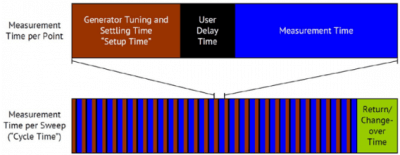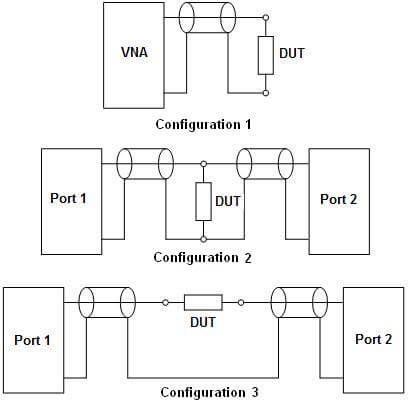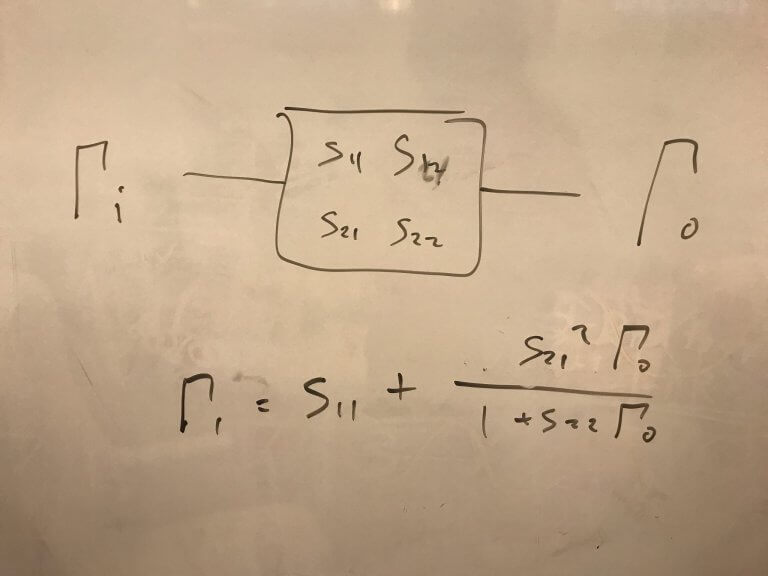Thanks for Attending our Software Tips and Tricks Webinar!
Here are some resources to provide additional information on CMT’s software, as well as some insight on how to improve your VNA’s speed and overall performance:
Getting Started with the CMT VNA: Top 10 Tips and Tricks
Optimizing VNA Measurement Speed


In this application note you’ll find suggestions to help you use your VNA with ease and get more intuitive results, including maximizing dynamic range and using an automatic calibration module.
This application note details the determining factors for measurement cycle time in Copper Mountain Technologies VNAs. Enabling users to optimize speed without sacrificing performance.
Measurement of Electronic Component Impedance Using A Vector Network Analyzer
Input Reflection Coefficient as a function of Output Reflection Coefficient


This application note features impedance and error calculation methods based on the results of S-parameter measurements performed by a vector network analyzer.
As shown in the webinar, this photo depicts Input Reflection Coefficient as a function of Output Reflection Coefficient, modified by an arbitrary S-Parameter matrix, assuming reciprocity. S12 = S21


